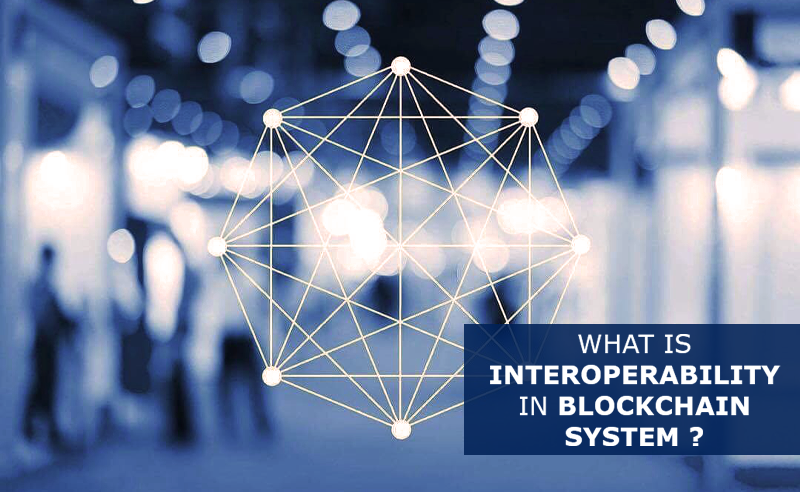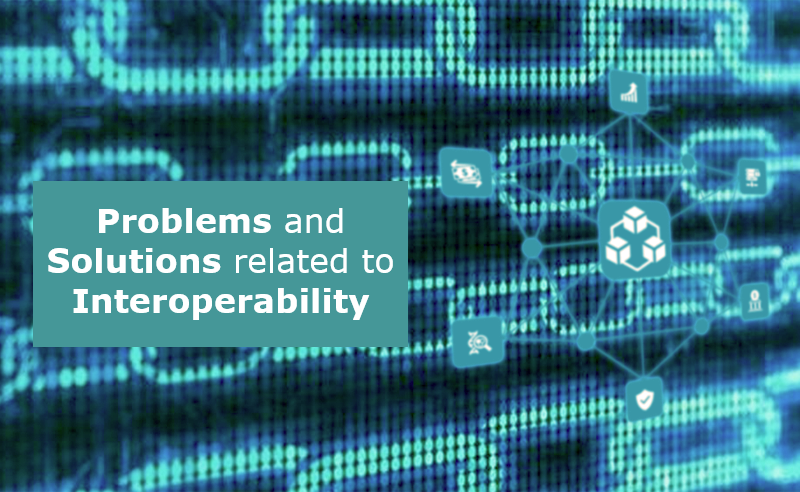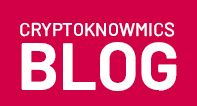Table of Contents
Blockchain is not only popular in the financial world but is a buzzword among the latest technologies of the present time. With the feature of facilitating the transaction without any central authority or following the decentralization model of operability, Blockchain is expected to revolutionize the traditional financial system. Blockchain technology is not only meant for fintech but for various sectors like healthcare, supply chain management, fashion industry, and many more where database management, traceability of records, record of transactions with transparency need to be maintained at large scale. As the community is expanding daily, the majority of people associated with blockchain technology is anxious about the non-availability of standards for the interconnections or communication of various blockchain networks. This lack of standardization leads to the issue of lack of interoperability among the various stakeholders of the industry. In this article, we are going to understand about the interoperability issues in blockchain and the solutions related to it.
What Is Interoperability? | Interoperability Issues In Blockchain

According to the coding site GitHub, there are more than 7000 active blockchain projects with different coding languages, protocols, mechanisms of consensus, privacy guidelines, and other different parameters. The problem associated with many of the different networks is that they are unable to interact with each other due to a lack of uniform universal standards. Interoperability simply means expectations related to freely sharing values across blockchain networks with no intermediaries in between. If a system is interoperable, one can interact with customers of other blockchain networks without putting resources on translation or experiencing delays. As per the survey of Deloitte, lack of communication or interoperation can grant freedom to blockchain coders and developers but a headache to IT departments as the translation help is required to communicate with various networks. In short, the absence of interoperability among the protocols of Blockchain leads to inconsistency from basic processes like security, privacy resulting in problems of mass adoption.
Benefits of Interoperability
Interoperability in blockchain can offer the benefits as follows:
- The information-sharing process among blockchain networks can become smooth.
- Opportunity to develop healthy partnerships among the blockchain community leading to application development, product and services collaboration, and many more.
- Execution of smart contracts become easier and less time taken
- Deeper understanding of various protocols is possible if the network supports interoperability
Problems And Solutions Related To Interoperability

Blockchain wishes to make the distributed Web 3.0 a reality where seamless interconnection can take place between multiple public (Bitcoin and Ethereum), private(Hyperledger Fabric, R3, etc), public and private and also blockchain with legacy systems. But the challenges exist due to different blockchain networks differing in parameters like consensus mechanism, schemes related to transaction, security protocols, guidelines related to the authentication process, and many more. Standardization is a real issue because not even the basic mainframe is similar in the majority of Blockchain networks.
Blockchain community understood the fact that to strengthen the community, interoperability issues in blockchain need to be addressed. So, the efforts divided into two groups:
- Open Protocols: These are the standardized protocol that helps in communicating with different blockchain networks and that too without any intermediary. For instance: Atomic Swapping offered by crypto exchanges.
- Multi Chain Frameworks: Majorly referred to as “internet of blockchains, multi-chain framework allows the blockchain to plug into the framework so as to become part of a standardized ecosystem and can transfer data and value amongst each other.
Organizations are also focusing on designing the standard version (like data standards GS1 are deployed by both IBM and Microsoft) of blockchain and are enthusiastically collaborating to strengthen the network by overcoming the issue of interoperability. Interconnectivity and standardization are increasing among the networks by enabling cross-blockchain transactions. So to solve the problem of interoperability we need to integrate with existing systems, initiate transactions between the networks, transact interchain with solutions on other technologies, and also aim to enhance the experience users while transacting between different platforms.
Projects Focussing Interoperability Issue In Blockchain

Several projects are relentlessly working to develop the interconnectivity of cross-chain platforms. Some of the popular projects are as follows:
- Cosmos: Independent platforms can get connected to Cosmos Hub by plugging on the Cosmos network. The standardized protocol of Cosmos maintains the interaction while conserving their consensus mechanism.
- Polkadot: Not only digital currency but data can be easily exchanged between the two different networks with the help of Polkadot. Connected networks need to give up their consensus mechanism to the network of Polkadot but freedom of developing structure remains to the networks.
- Aion: Aion stands out among other projects solving the issue of interoperability as it deploys Artificial Intelligence in its consensus model. With the high performance of the virtual machines and scalable databases, Aion is successfully accepted among networks.
- Ark: It allows the automated creation of new blockchains within its ecosystem within minutes. It works as open protocols for the developers working with different coding languages.
The issue of interoperability if addressed in a proper way, would be helpful in supply chain management involving various stakeholders, the fashion industry by authenticating luxury records, the automotive industry by providing the common purchase platform, and also blockchain interoperability healthcare in maintaining the records of the number of treatments across the world.
Summing Up
Christoper Ferris, co-leader of the Hyperledger Fabric Project advocated that a true inter-platform requires the development of a single standardized protocol, which is difficult to develop but the interoperability issues can be managed by utilizing the services available in the market rather than operating in complete isolation. Interoperability issues in blockchain must be addressed seriously by the Blockchain community to strengthen their network and increase the adoption. Interoperability not only eases the transaction of payments but also the sharing of databases, different protocols while improving the understanding of other networks and gives the opportunity to collaborate and develop an all-new network to enhance the experience of customers. The vector of growth has already been initiated by the several organizations which will ultimately lead-in revamping the network of blockchain technology as per the requirements.

